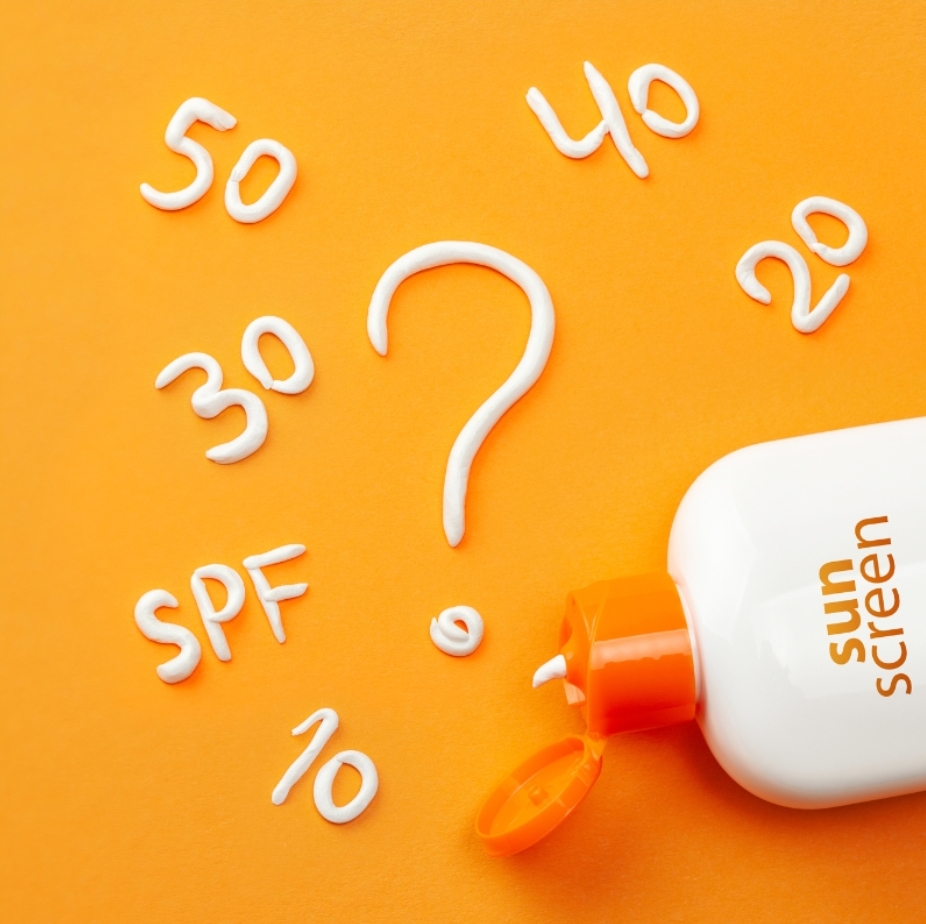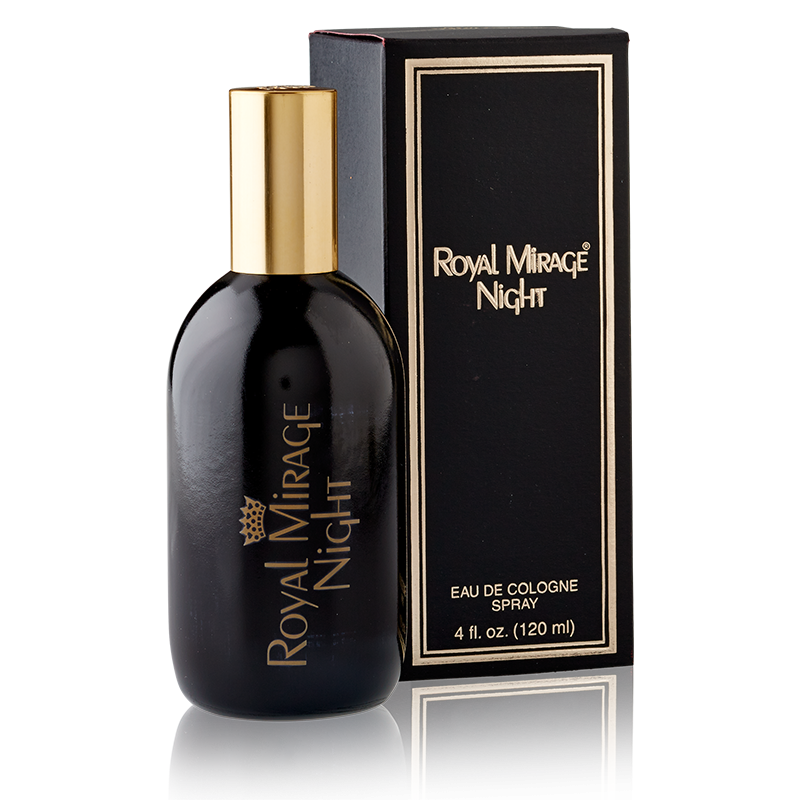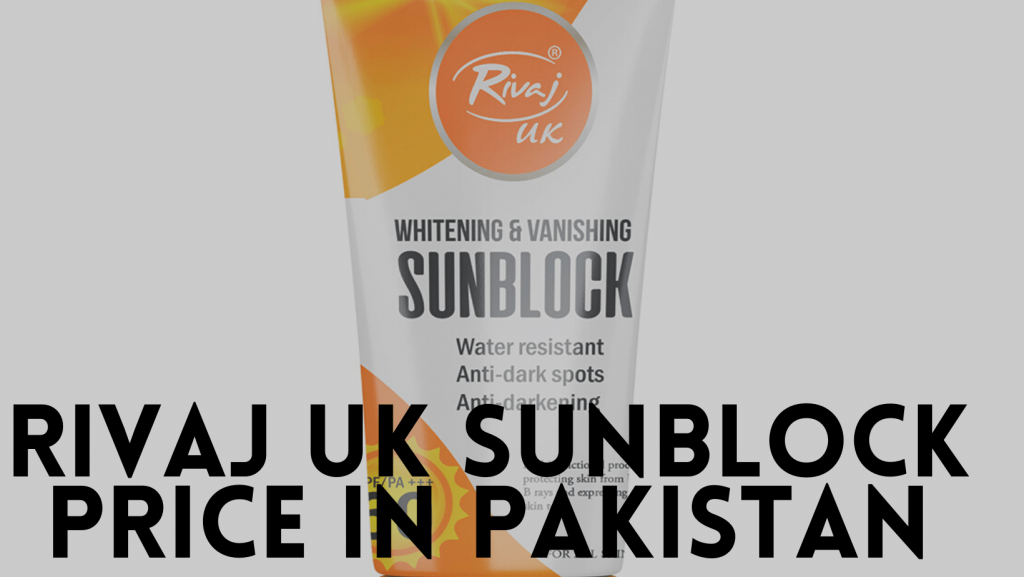In the realm of skincare, sunscreens play a crucial role in safeguarding against the threats of UV radiation. As skin health awareness rises, TY Cosmetic, the leading OEM Cosmetic Manufacturer, takes center stage in shaping the sunscreen manufacturing landscape. This article explores the pivotal role of quality assurance in sunscreen production and navigating global regulatory landscapes.
Outline
- Quality Assurance in Sunscreen Manufacturing
- Sunscreen Regulations Across the Globe
- Challenges and Opportunities in the Sunscreen Market
- Conclusion
Quality Assurance in Sunscreen Manufacturing
Sunscreen manufacturing involves meticulous processes intertwined with stringent quality assurance (QA) measures to ensure safety and efficacy. In the United States, the FDA oversees regulations, emphasizing labeling standards like Sun Protection Factor (SPF) and UVA levels. Recent FDA proposals signify a shift, categorizing zinc oxide and titanium dioxide as generally recognized as safe and effective (GRASE) sunscreen ingredients.
Testing Methods
Testing methods for organic and inorganic sunscreen ingredients are pivotal in the QA process. High-performance liquid chromatography (HPLC) and gas chromatography (GC) assess organic components, while inorganic ingredients undergo scrutiny using titration or atomic spectroscopy methods. Proposed FDA rules advocate for more comprehensive testing, reflecting the evolving understanding of sunscreen effectiveness against UVB and UVA rays.
Microbiology Testing
Microbiology testing is a critical facet of QA. Sunscreens, categorized as over-the-counter drugs in the U.S., undergo rigorous assessments for bacteria, yeast, mold, and pathogens. Adhering to United States Pharmacopeia (USP) methods ensures the highest standards, aligning with pharmaceutical testing practices.
Industry Response to FDA Proposals
The surge in UV blocking ingredients in cosmetic products amplifies the importance of QA testing. From face powders to lip balms, meticulous evaluation is imperative to maintain efficacy and safety. Recent FDA proposals aiming to ban certain synthetic sunscreen ingredients align with industry shifts toward mineral sunscreens. This shift is a response to growing consumer preferences for safer alternatives. As the industry adapts, TY Cosmetic remains committed, ensuring each sunscreen batch meets the highest safety and protection standards.
Sunscreen Regulations Across the Globe
As sunscreen takes center stage globally, diverse regulatory landscapes shape the industry.
- European Union and United Kingdom: In the EU and the UK, sunscreens fall under personal care products, governed by the Cosmetic Products Regulation and the Product Safety and Metrology Statutory Instrument. Recent updates in the EU restrict certain ingredients like Benzophenone-3 and Octocrylene.
- United States: The U.S. classifies sunscreens as over-the-counter drugs, subject to FDA oversight. The Sunscreen Monograph and the Sunscreen Innovation Act dictate regulations, addressing SPF, broad-spectrum tests, labeling, and diverse product forms.
- Canada: In Canada, sunscreens are categorized as natural health products or OTC drugs, with Health Canada’s Sunscreen Monograph specifying permitted ingredients and concentrations. Adherence to Good Manufacturing Practice standards is paramount.
- Australia: Australia distinguishes sunscreens into therapeutic and cosmetic categories, regulated by the Therapeutic Goods Administration and the National Industrial Chemicals Notification & Assessment Scheme. Stringent guidelines mandate specific labeling and expiration date requirements.
- China: China treats sunscreens as special-use cosmetics under the China Food and Drug Administration. Pre-market registration, in vivo efficacy testing, and distinct SPF and UVA protection factor labeling ensure compliance.
- Japan: Japan categorizes sunscreens as cosmetics or “quasi-drugs” under the Pharmaceutical Affairs Law. The Ministry of Health, Labor, and Welfare oversees regulations, mandating Japanese labels and comprehensive product information.
- South Africa: – South Africa adheres to SANS 1557:2014, outlining standards for sunscreens, including claims, UV filter concentrations, and labeling.
This diverse tapestry of regulations presents challenges and opportunities for cosmetic businesses, with compliance being pivotal for global success.
Challenges and Opportunities in the Sunscreen Market
Navigating diverse regulatory landscapes poses challenges for sunscreen manufacturers. Compliance is paramount for global success, demanding a thorough understanding of regional standards. However, these challenges also present opportunities. Meeting consumer demands for effective and safe sun protection allows businesses like TY Cosmetic to thrive in an industry fueled by growing awareness and an ever-expanding market.
Conclusion
In the intricate tapestry of sunscreen manufacturing, quality assurance emerges as the linchpin, ensuring safety and efficacy. From evolving FDA regulations in the United States to nuanced global frameworks, the industry’s commitment to stringent standards defines its trajectory. Navigating challenges presents opportunities to cater to the surging demand for sun protection. As the sunscreen market continues to bask in the glow of consumer awareness, adherence to evolving regulations becomes the beacon guiding the industry towards a future of innovation and uncompromised skin health.
James Martin is a passionate writer and the founder of OnTimeMagazines & EastLifePro. He loves to write principally about technology trends. He loves to share his opinion on what’s happening in tech around the world.



